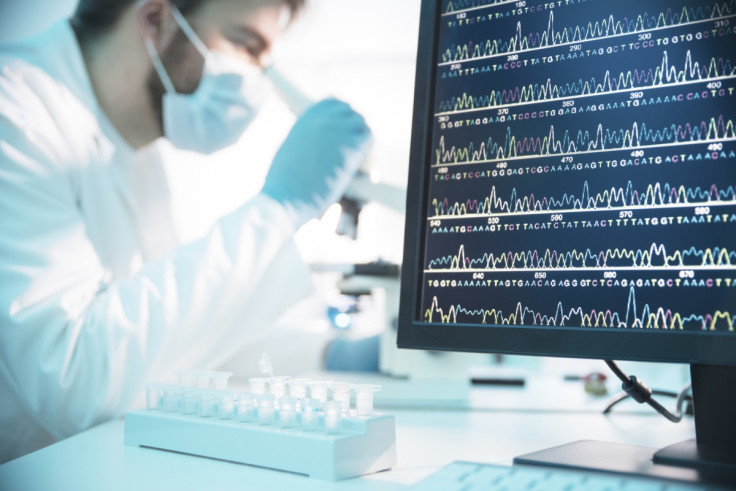US: Murder suspect challenging DNA software used to incriminate him by seeking source code

The defence lawyers for a man charged with two counts of homicide in the US are trying to gain access to the source code of the DNA software program that incriminated him.
Michael Robinson, 29, is charged with shooting Lawrence Short, 29, and Tyrone Coleman, 18, on 6 May 2013, on Crawford Avenue in Duquesne – a city in Pittsburgh, Pennsylvania. If found guilty, he could face the death penalty and was alleged to be linked to the crime by a bandana said to have been left at the crime scene that is alleged to have contained the DNA of at least three people.
When the bandana was first tested by the Allegheny County Medical Examiner's office using the TrueAllele program, its forensic scientists wrote in a report that "due to the complexity of the mixture, no conclusions could be made", according to the Pittsburgh Post-Gazette.
But when Dr Mark Perlin, a computer scientist with the University of Pittsburgh who founded TrueAllele, analysed the bandana with the same software, he concluded the bandana belonged to Robinson. However, it is for the court to decide and the matter has yet to come to trial.
Source code needed to understand DNA identification
Robinson's lawyers have asked the Allegheny County district attorney's office to provide the source code for DNA identification program TrueAllele so they can understand how the software came to its conclusions. "That's not too much to ask in a case where the government is seeking to kill another human being," defence lawyer Kenneth Haber told the court. "Justice requires it."
Haber and his colleagues argue their forensic DNA expert, Ranajit Chakraborty, will not be able to understand how Perlin reached his results unless he can view the source code, but the prosecutors argue this is unnecessary as they say TrueAllele can be validated through other methods.
According to a court filing made by Perlin in the case, his company, Cybergenetics, "has invested millions of dollars over two decades to develop its TrueAllele system, the company's flagship product. Although the technology is patented, the source code itself is not disclosed by any patent and cannot be derived from any publicly disclosed source".
TrueAllele has been used in over 500 cases
While he cannot comment on ongoing court proceedings, Perlin says he is used to people challenging his system in court. "It doesn't bother me. The most important criterion for overcoming a challenge is reliability. Most DNA intepretation studies have no validation studies that have been published. Some have one. TrueAllele has had seven peer-reviewed validation studies published about it," he told IBTimes UK.
"We're looking at false positives, false negatives and other measures that are quantified. There is very strong scientific support for [TrueAllele], but there is very little for other methods."
TrueAllele was developed in 2000. It has been used in courts since 2009 and has so far been used in over 500 cases in six countries including the US, the UK, Australia and Northern Ireland, including 15 cases where DNA has been used to prove that a convicted party is actually innocent of the crime they were charged with.
"There have been nine challenges to the software – six in the US, one in Australia, one in Northern Ireland, and one in the UK. Except for the one in the UK, where the judge didn't write a reasoned ruling, but for some reason didn't want it in front of his jury, TrueAllele has prevailed in every case," said Perlin.
The software system is usually purchased by forensic crime labs, who analyse evidence for DNA, write their own reports and testify to the results in court. However, in 10-15% of the cases, Perlin's firm is asked to perform the analysis, and he will then be required to testify in court.
Outside the US, TrueAllele has been used most notably in the 1999 case of the IRA Massereene terrorist attack.
© Copyright IBTimes 2024. All rights reserved.







